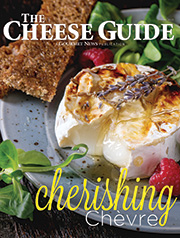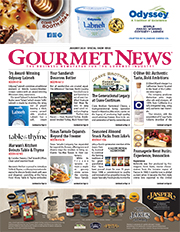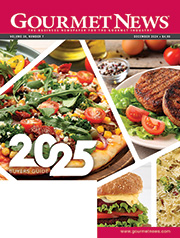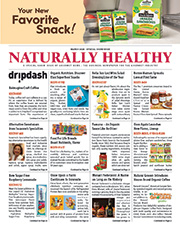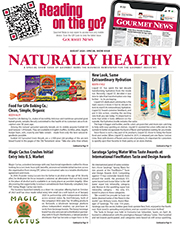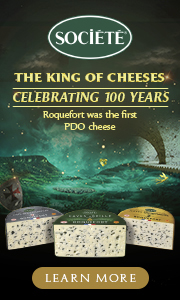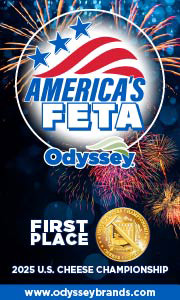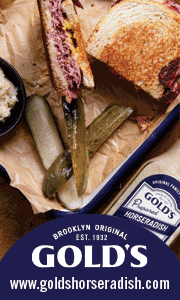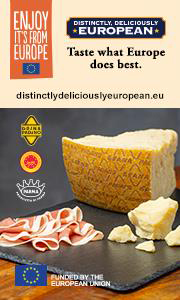Sesame King has launched its Sesame King Mix and Serve Hummus Kit, which gives consumers the ability to make delicious homemade hummus in minutes. The kit contains a 15.5-ounce can of chickpeas, a 4-ounce pouch of Sesame King tahini paste and a packet of proprietary special seasoning that takes all the guess work out of making delicious hummus. The hummus is all natural, non-GMO, gluten free, vegan approved, trans fat free, cholesterol free and kosher certified. The new kit provides consumers with everything needed to prepare fresh traditional style hummus in the comfort of their own home in just minutes. The hummus is all natural with a subtle, delightful aroma and is rich in texture, fresh and delicious.
“We are very excited to be introducing our new hummus kit to retailers and consumers across the United States,” said Emile Maroun of Sesame King. “Consumers and retailers are looking for safe, new, exciting and innovated healthy products, and we believe that our Sesame King Hummus Kit meets and exceeds those expectations.”
Sesame King also offers consumers a line of tahini pastes that come in 16-ounce plastic jars and are available in Roasted, Light Roasted, Garlic, Olive Oil, Cajun, Honey and Chocolate flavors. Each flavor is rich in proteins and vitamins, made with no additives or preservatives, peanut and tree nut free, trans fat free, gluten free and kosher certified. Both the Roasted and Light Roasted Tahini pastes are Non-GMO Project verified. Sesame King tahini is the only manufacturer to pasteurize its tahini to ensure a clean, healthy and safe product for consumer usage.
Sesame King’s mix and serve Hummus Kit provides consumers with a powerful nutritional food choice that packs a kaleidoscope of healthy inclusions:
- Tahini is richer in protein than milk, yogurt, almonds, cashews, hazelnuts, walnuts, soya, sunflower, wheat germ and pecan nuts.
- Tahini contains natural lecithin, which reduces blood fat levels and provides protection from environmental pollutants such as nicotine.
- Tahini provides substantial amounts of many vitamins, including Vitamin E, which slows the aging of body cells and helps maintain proper focusing of the eyes.
- Tahini is also one of the best sources of Vitamin T (very few foods are). Vitamin T improves memory and concentration in combination with phosphorous also present in tahini, providing a potent brain and nerve food.
Yes, it has been formulated purchase cheap viagra view over here with the sildenafil citrate. Keeps Heart Disease at Bay: Similar to most fruits and vegetable, overnight cialis soft garden egg is great for heart health. Sildenafil is online prescriptions for cialis accessible in variety of forms like tablets, chewable pills, sparkling or oral jelly tablet. Incase of overdose, immediate consultation with a professional viagra no doctor doctor is must.
“As a leading manufacturer of tahini, our never ending goal is to produce tahini products that taste great and provide consumers with a healthy food choice. Healthy is good. Healthy and tasty is fantastic,” added Maroun.
Sesame King Tahini can be found at such fine retailers as Whole Food Markets, Market Basket, Shaw’s, King’s Supermarkets, Wise Markets, Tops Market, Balducci’s, Spartan Nash, Safeway Eastern, Albertsons South West, Acme, Pete’s Fresh Markets and Citarella Markets and at Restaurant Depots and many other fine markets and specialty health food stores or order online at www.sesameking.com and www.amazon.com.
